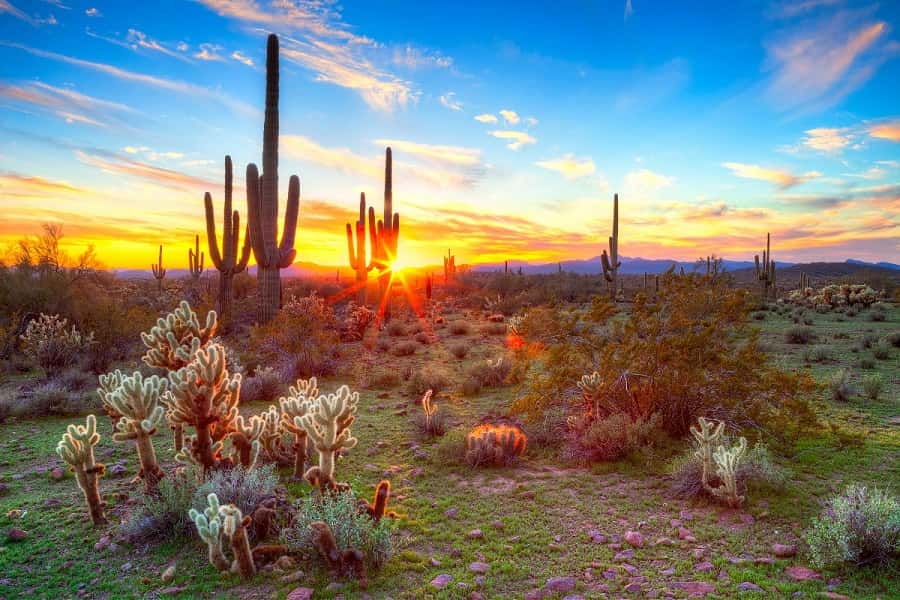
The various desert plants and their characteristics
The deserts are unique biomes where nature has adapted to extreme circumstances. One of the most recognizable aspects of a desert is the plants that grow there. As these plants are fascinating, we would like to tell you all about them and their characteristics!
Cacti
cacti are one of the most iconic desert plants. They can easily be recognized by their prickly appearance and fantastic flowers. Cacti are able to store water in their branches, allowing them to survive long periods of droughts. Many species have adapted root growth, allowing them to absorb water from the desert soil. An interesting fact about cacti is that their spines are actually modified leaves. These leaves have turned into needles to protect against animals as well as to reduce the loss of water through vaporization.
Yucca
Yuccas are another group of desert plants, native to the Americas. They are easily recognized because of their long, pointy leaves and remarkable flowers. Like cacti, they tend to have adjusted roots that can reach deep into the soil so absorb water. Some yuccas depend on pollination by specific moths. The moths use the nectar of the yucca as a food source, whilst also pollinating other yucca plants.
Agave
Agaves are a genus of succulent that can commonly be found in the deserts of Mexico and the USA. They have thick, fleshy leaves that help store water, so that they can survive in dry circumstances. They are also known for their high flower stalks, that can reach amazing heights of up to 10 metres tall! After flowers, agaves will perish, but not before producing seeds for a new generation of Agave.
Succulents
Succulents are plants that store water in their leaves, branches or roots. They are commonly found in deserts and other dry areas, such as savannas and steppe areas. Succulents have a large variation in shape. Some have thick, fleshy leaves like agaves, whilst others have thin, cylinder shaped branches more similar to cacti. Succulents are well known for their various shapes and colours.
Tumbleweeds
Tumbleweeds are not a specific plant species, but a phenomenon that appears mostly in the deserts of the USA. Tumbleweeds are dried plants that have been pulled loose from the ground and roll around like a ball through the desert. They are mostly grass-like leaves, but not exclusively. They have an important role in the spread of seeds in a desert. While rolling, they spread the seeds of the plants they consist. They do so over large distances.
Which desert plant suits you best?
Now that you know more about the large variation of desert plants, you may wonder which desert plant fits you best. The answer various, based on your personal preferences and the conditions the plant will have to grow in. If you have little time to care for plants, cacti or succulents tend to be the best options. They require very little watering and can thrive in dry conditions. If you are looking for a plant with fantastic flowers, yuccas may be more suited. If you prefer a plant with an interesting life cycle or symmetry, agaves are often the best option.
Conclusion
Desert plants are fascinating plants that have adapted to the circumstances of a desert. Cacti, Yuccas, agaves, succulents and tumbleweeds are mere examples of the large variety of desert plants available. Each of these have adapted in different ways to survive the rough desert landscape. By choosing the correct desert plant that fits your style and circumstances, you can enjoy the beauty of the desert with this unique plants and their characteristics.
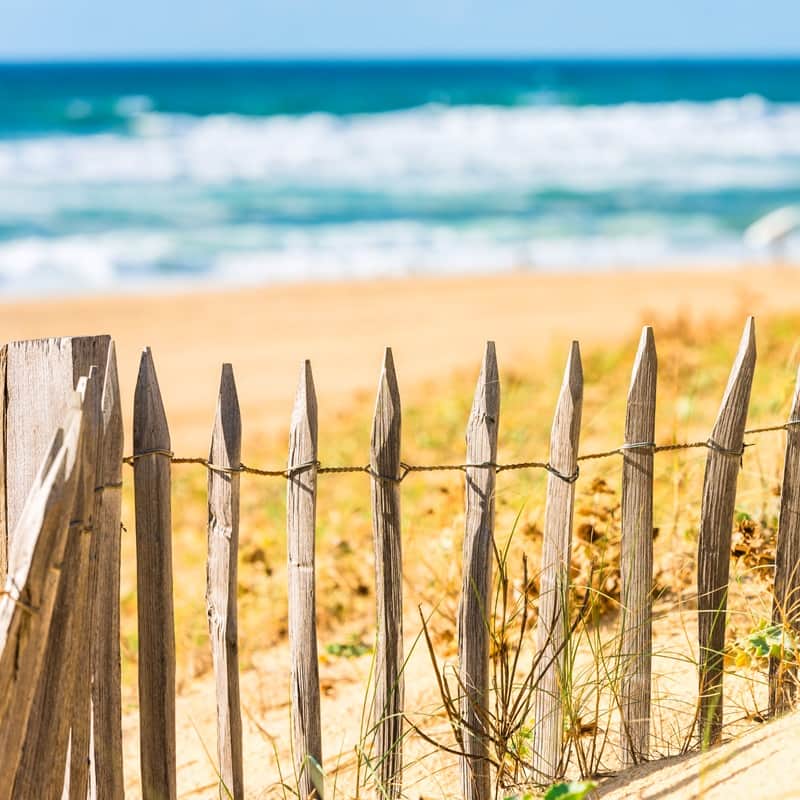
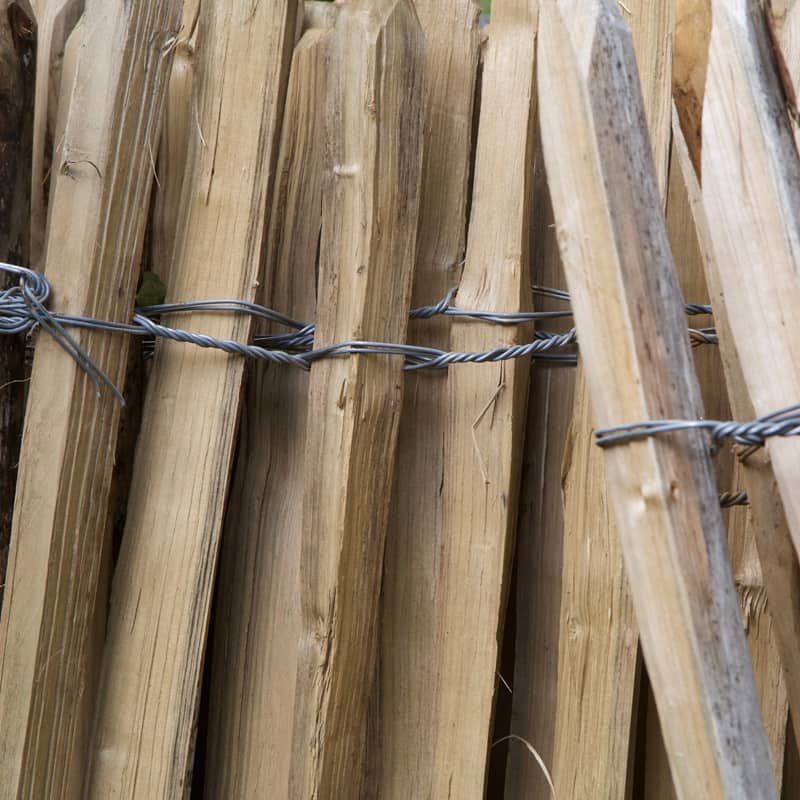
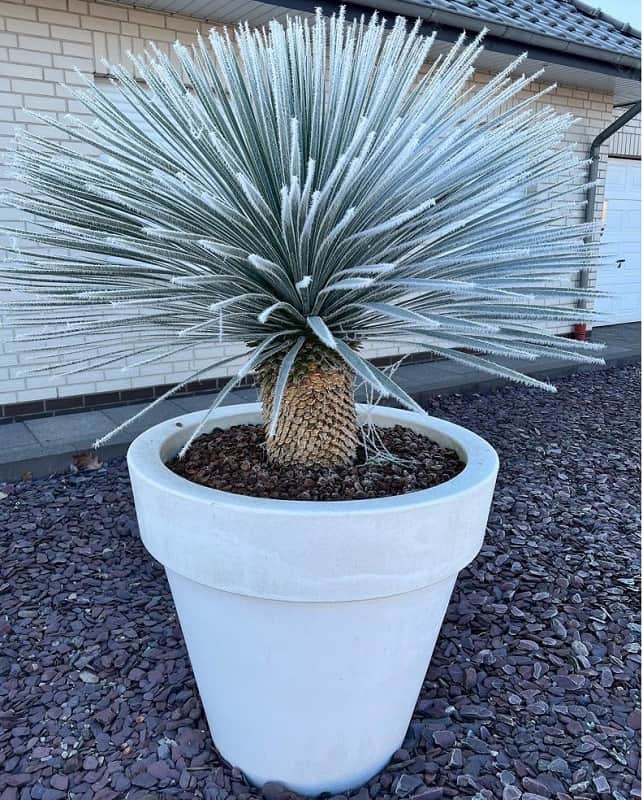
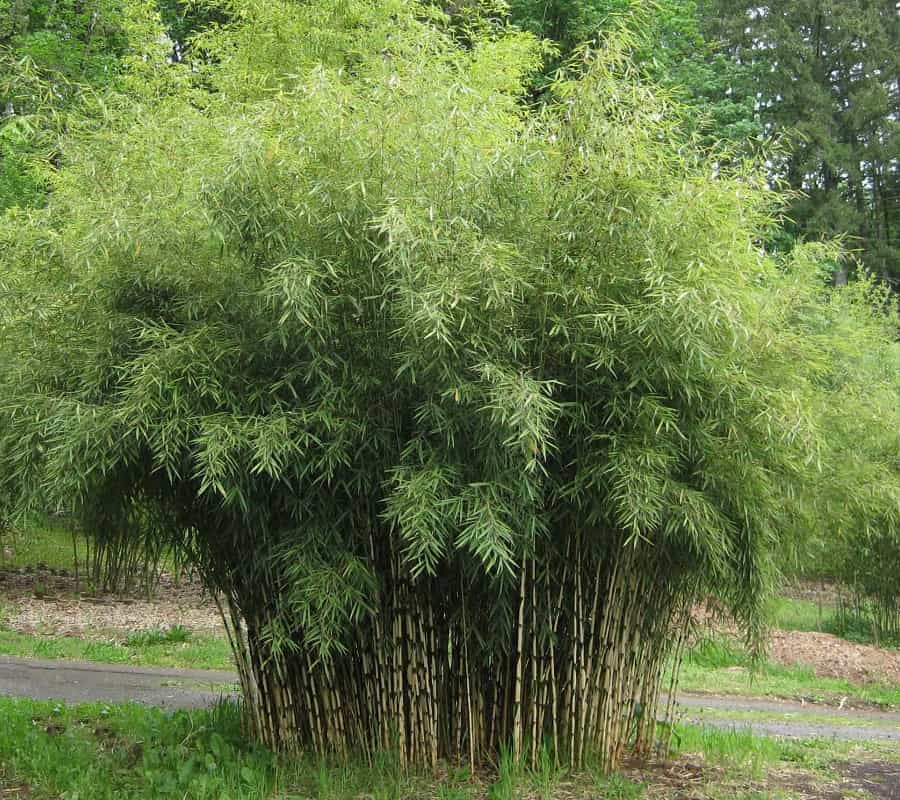
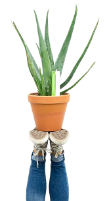
Comments (0)